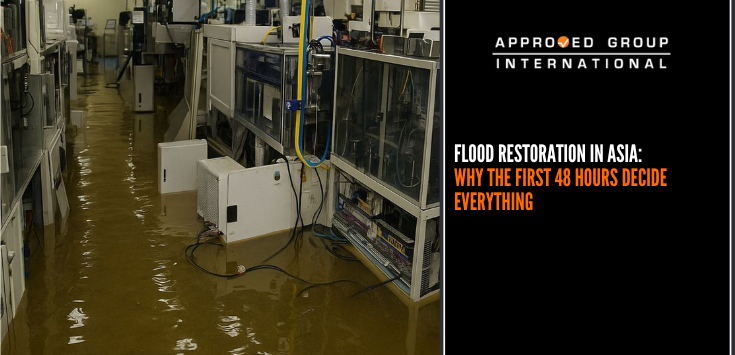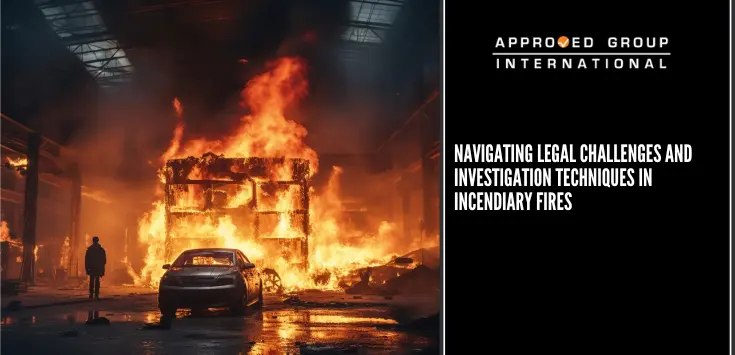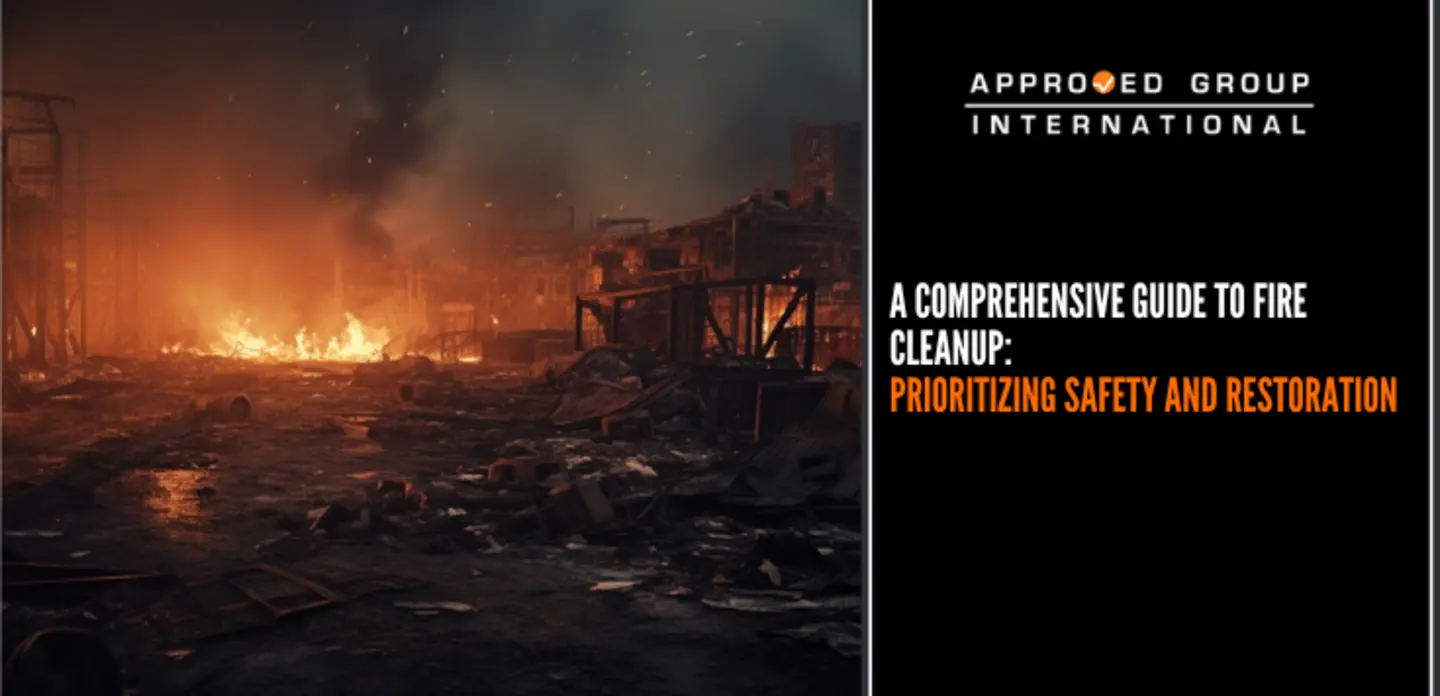Lightning is capable of causing extensive damage to expensive electronics equipment. Equipment like lifts, CCTV recorder, computer accessories are under threat during a thunderstorm.

Lightning strike have four (4) mechanisms which are: downward leader, upward leader, lightning channel and return strokes. The ‘lightning strikes’ that we are able to see is the return stroke during the lightning occurrence. The core of the lightning channel is capable to reach as high as 30,000 Kelvins (K). On 22 April 2017 at 0345 hours, a fire alarm system had allegedly been damaged by the lightning strike activity. The incident was reported by the security guard on duty, who reported to the building chargeman. The following steps were taken by the chargeman.
- The carbon dioxide (CO2) control alarm panel was triggered
- Tried to reset the alarm but unsuccessful
- Went inside LV room, noticed some burning smell
- Isolated the control panel
- Contacted fire protection contractor
- Requested representative from fire alarm system provider to conduct full investigation
The fire alarm system was installed as illustrated in Figure 2.

Based on the damage assessment of the components from the fire alarm system, it was determined that the following items was damaged:
- Power Supply Unit
- Motherboard
- Control Console unit
- Loop Cards
- Charger Cards
In addition, the RCCB was also reported to have tripped during the incident. Inside the LV room, the chargeman also noticed that there was an indication of voltage imbalance based on the gauge level of the switchgear. These indicated that there was a surge of voltage flowing through the upstream line causing the voltage imbalance on the MCCB. RCCB detected the voltage imbalance which triggered the tripping of the circuit breaker. Although the RCCB had tripped, the transient voltage still passed through during the tripping of the circuit breaker and travelled to the components installed along the same route due to its lower response time. Therefore, the route of exposure is consistent with the damaged items as claimed by the manufacturer. There are two (2) ways where the lightning strike can affect the equipment: direct strike or indirect strike. A direct lightning strike would induce a power surge and caused damage to the struck subject. There was no physical damage observed on the exterior of the building. There was also no physical damage observed on the components and the casing was still intact and able to be reused.


Additionally, the fire alarm panel was located on the ground floor, inside the control room, thus it was not possible for the lightning to directly strike the panel. Therefore, the fire alarm panel WAS NOT DAMAGED by a direct lightning strike.
Transient voltages can also originate from an indirect lightning strike. It is often induced onto the conductors as the lightning strikes near the power line. The transient voltage then travelled from the upstream region of the electrical circuit to the downstream region.
Based on the Team’s damage assessment, the failure of the damaged components is consistent with a surge induced through the power line. This is further supported by the lightning data report which showed that there was a lightning activity at the time of the incident.

Thus, the power supply unit, motherboard, loop cards, charger card and control console unit were damaged due to an indirect lightning strike.























